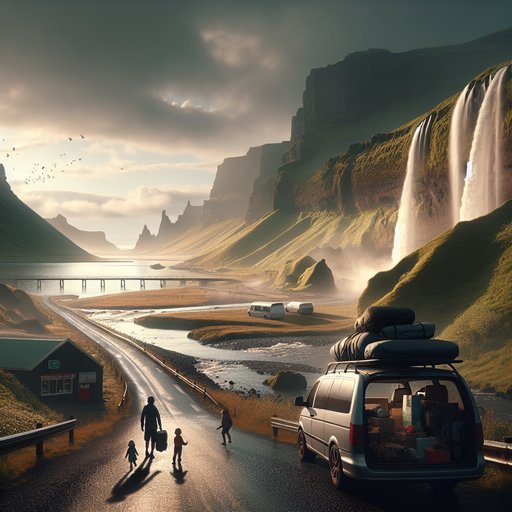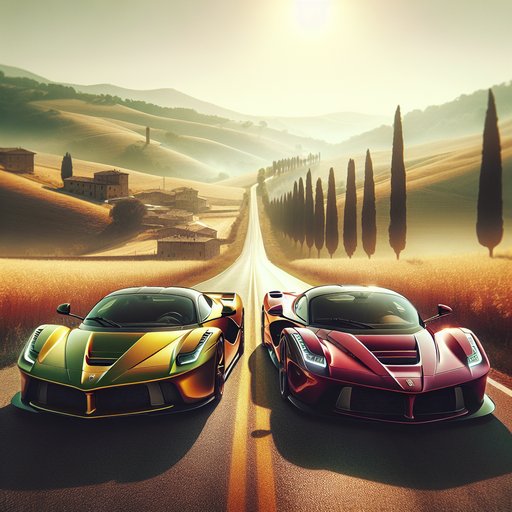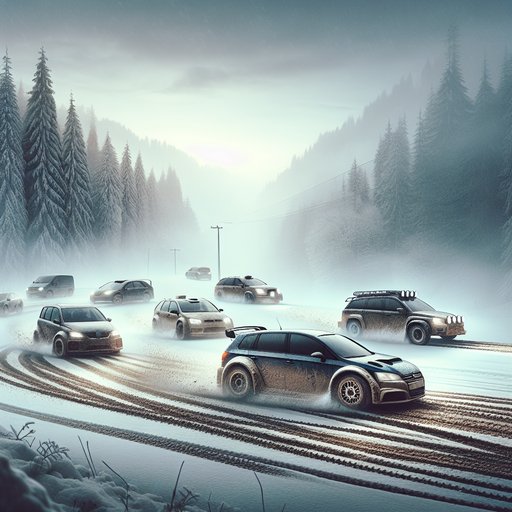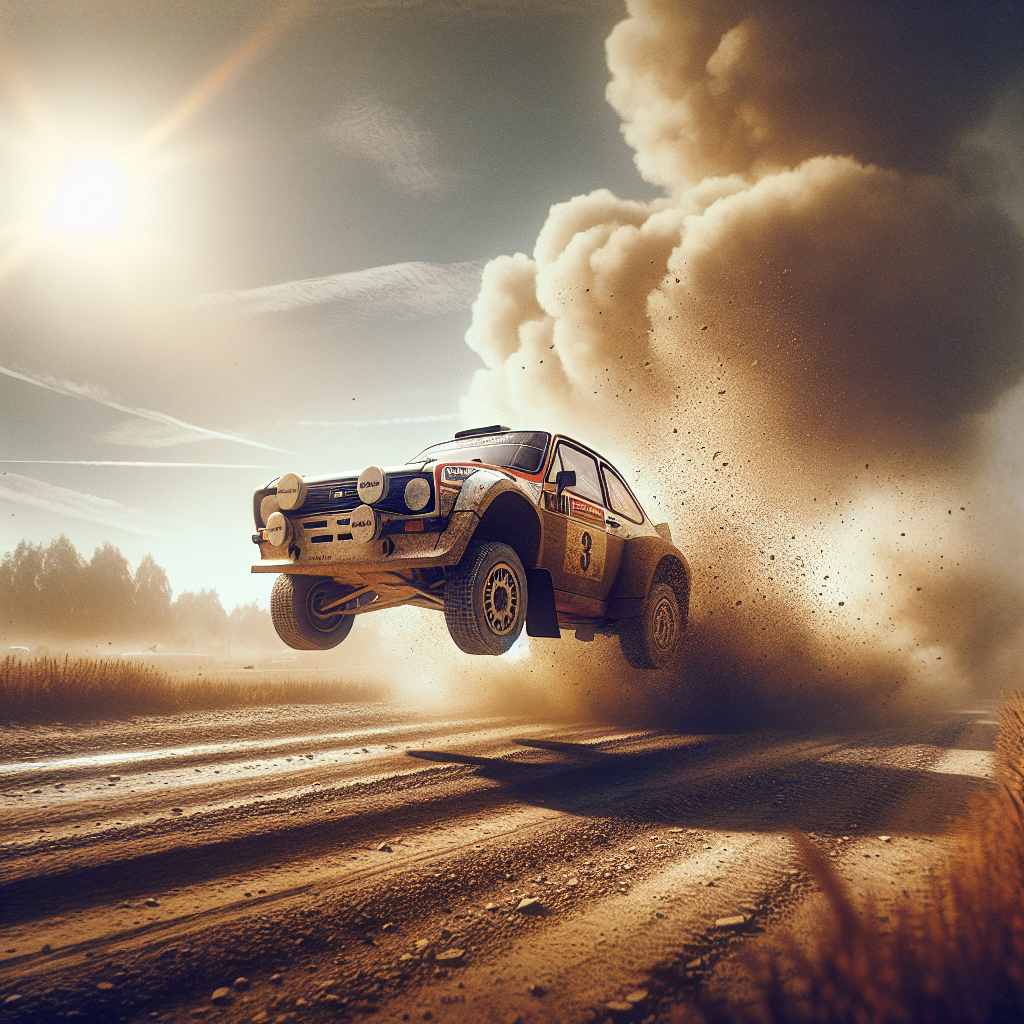
This plan outlines an eight-day, family-friendly summer loop of Iceland’s Ring Road that strings together major waterfall clusters while avoiding interior F-roads. It favors short driving days (200–300 km), paved access, and towns with fuel and groceries. Lodging is scarce from late June to mid-August, so it assumes reservations made months in advance for family rooms or cabins. A standard compact wagon or minivan is sufficient; no 4x4 is needed. The route covers about 1,350 km, with daylight to spare, and builds in buffer time for weather, single-lane bridges, and frequent stops that keep kids engaged without rushing.

Across a short stretch of the Via Emilia, two factories turned northern Italy into a proving ground for pride. In Maranello, Enzo Ferrari built road cars to support a racing team and a worldview defined by the stopwatch. In Sant'Agata Bolognese, Ferruccio Lamborghini, a self-made industrialist, set out to make grand tourers that out-did Ferrari on the road, not the racetrack. Between them rose a rivalry that shaped the very idea of the supercar: not merely speed, but theater, daring, and a thousand decisions about how a machine should make one feel. It began with a complaint about a clutch and grew into poster wars, wind-tunnel skirmishes, and finally the quiet whir of electric motors joining the chorus.

On winter mornings and dusty afternoons, the same badges found on commuter cars have chewed through snowbanks and skimmed over crests, their silhouettes familiar even beneath mud and headlamp pods. They belong to ordinary manufacturers—brands with minivans and hatchbacks—who learned to make their steel sing on hostile roads. Follow the tire marks and you find a story of how everyday shapes became rally legends, turning dealership stock into trophies and towns into stages. It’s all there in the spray of slush at Monte Carlo, the woodsmoke hanging above Welsh forests, the hiss of anti-lag bouncing off Alpine rock. The cars are recognizable; what they did with that recognition changed motorsport.

The World Rally Championship continues to break new ground as Finnish driver Kalle Rovanperä (Toyota) has taken the lead in the inaugural Paraguay Rally, marking the championship's first-ever event in the South American nation. The development comes alongside significant expansion in rally sport broadcasting, with Samsung TV Plus now offering live coverage of both WRC and European Rally Championship events to global audiences [1].